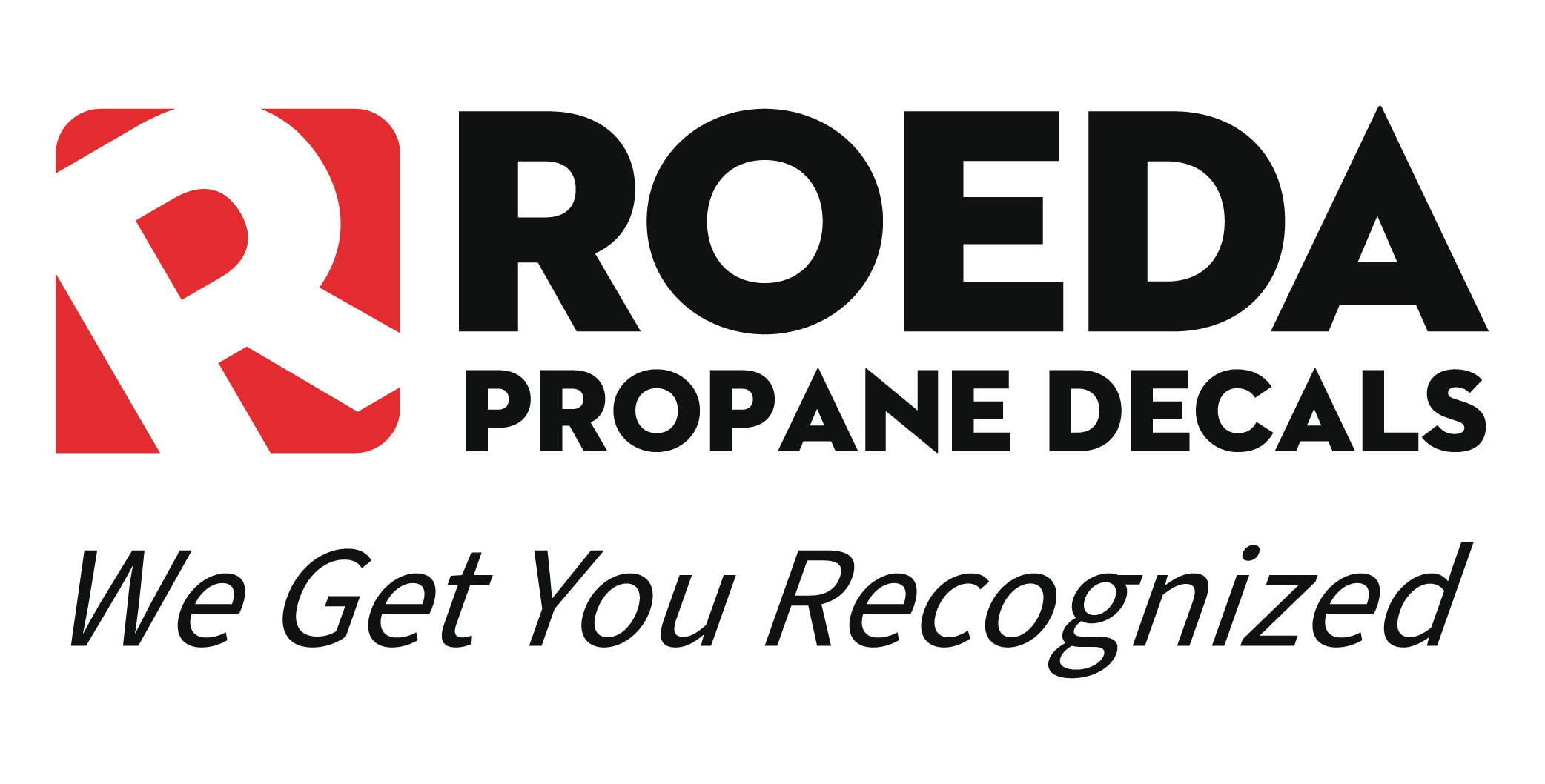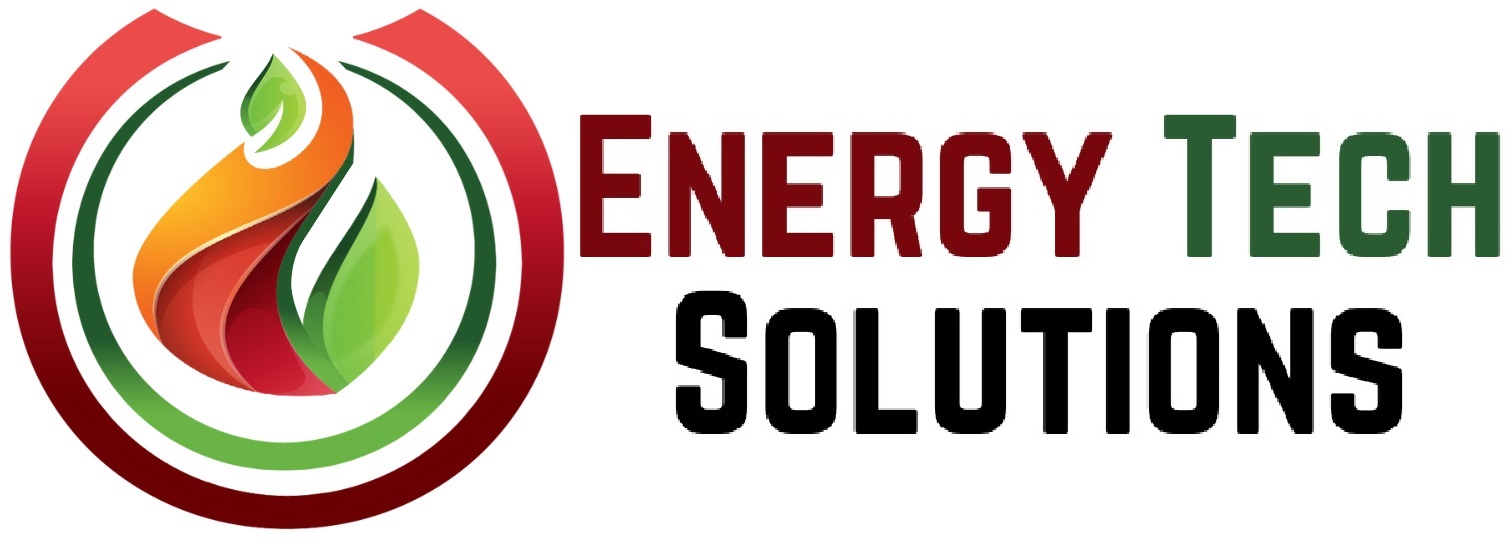The Comprehensive Guide to Optimizing Propane Delivery Routes for Maximum Efficiency and Customer Satisfaction

In the fast-paced world of propane delivery, where customer satisfaction is paramount, the efficiency of delivery routes holds the key to success. A well-structured delivery plan ensures timely service, reduces operational costs, and boosts overall productivity. This comprehensive guide will delve into strategic route optimization, focusing on innovative methods and practical steps propane delivery companies can employ to enhance efficiency and customer satisfaction.
Understanding the Complexity of Propane Delivery Routes
Before diving into optimization strategies, it’s essential to understand the factors that add complexity to propane delivery routes. Due to varying customer demand, delivery frequencies, vehicle capacities, and geographical challenges, these routes aren’t as simple as point A to point B logistics. Add to this the unexpected roadblocks like traffic conditions, weather disruptions, and vehicle breakdowns, and you have a highly complex operation that requires advanced planning and flexibility.
Strategies for Route Optimization
1. Data-Driven Decision Making:
Utilizing data analytics can transform the way delivery routes are planned. Companies can create highly efficient route plans by analyzing data points such as historical traffic patterns, customer locations, average service times, and delivery windows. This approach minimizes guesswork and leverages factual insights to make informed decisions.
2. Investment in Route Planning Software:
Advanced route planning software offers features like real-time traffic updates, route suggestions, and tracking capabilities for the fleet. By investing in these technologies, propane delivery businesses can automate the tedious aspects of route planning, free up valuable resources, and reduce human errors.
3. Predictive Analysis for Customer Demand:
Anticipating when customers will need a refill can be a game-changer. Using predictive analysis tools to track usage patterns helps companies foresee demand, allowing them to group deliveries efficiently. This ensures customers never run low on propane and reduces the number of trips, saving both time and resources.
4. Regular Route Reviews and Adjustments:
No route plan should be set in stone. Regularly reviewing route efficiency by gathering driver feedback, tracking delivery times, and monitoring customer satisfaction can provide valuable insights. Adjusting routes based on this feedback can lead to continuous improvement in service standards.
5. Training Drivers for Efficiency:
Drivers should be trained to adhere to best practices, including efficient driving methods, proper customer service etiquette, and the correct use of technological tools. Their firsthand experience can also provide insights into practical challenges on the road, contributing significantly to optimizing routes.
6. Maintaining Open Communication with Customers:
Keeping customers informed of their delivery status through accurate ETAs, delay notifications, and real-time tracking can enhance satisfaction. This transparency is possible with advanced fleet management systems and helps build customer trust, even when unforeseen delays occur.
The Role of Flexibility in Route Planning
While strategic optimization is crucial, the ability to remain flexible and adapt to real-time changes sets successful propane delivery businesses apart. Unexpected demands, cancellations, or external disruptions like road closures and harsh weather require an immediate response. The ability to dynamically reroute, based on real-time conditions and intelligent systems, helps maintain service reliability.
Conclusion
Optimizing propane delivery routes is a multifaceted process that, when executed effectively, can lead to substantial benefits for both a company and its customers. Propane delivery companies can achieve a strategic edge in their operations by embracing technology, making data-driven decisions, and maintaining a customer-centric approach. Ultimately, the goal is to balance maximum efficiency in delivery processes and unwavering commitment to customer satisfaction, culminating in a win-win situation for all stakeholders.










